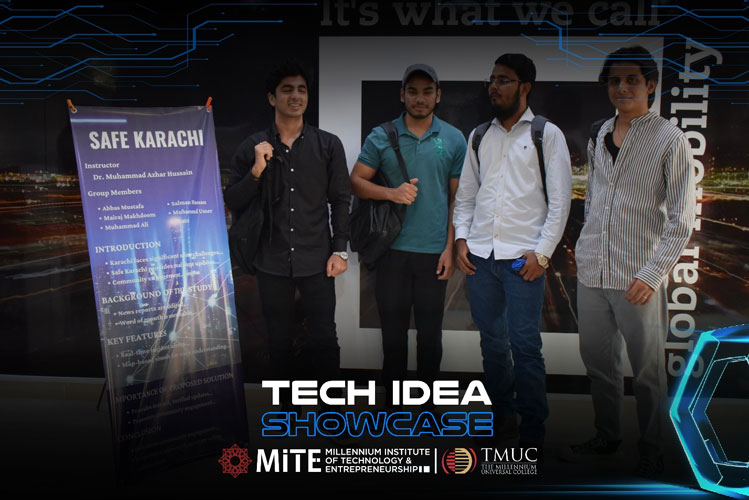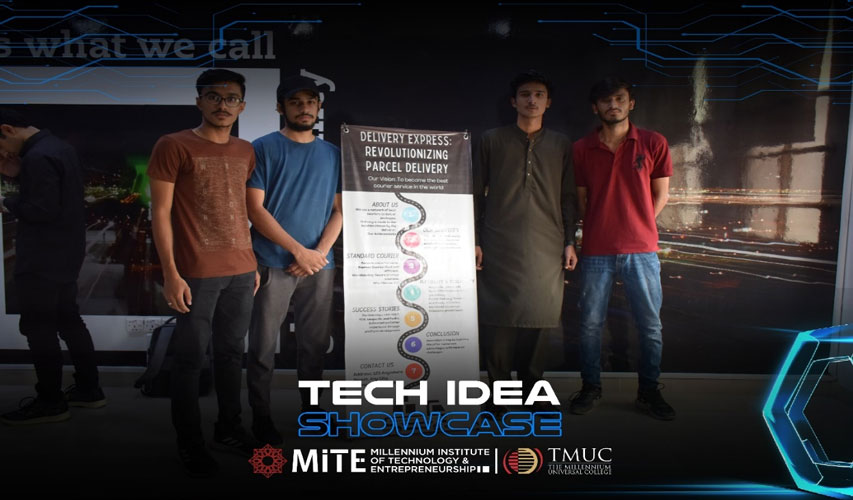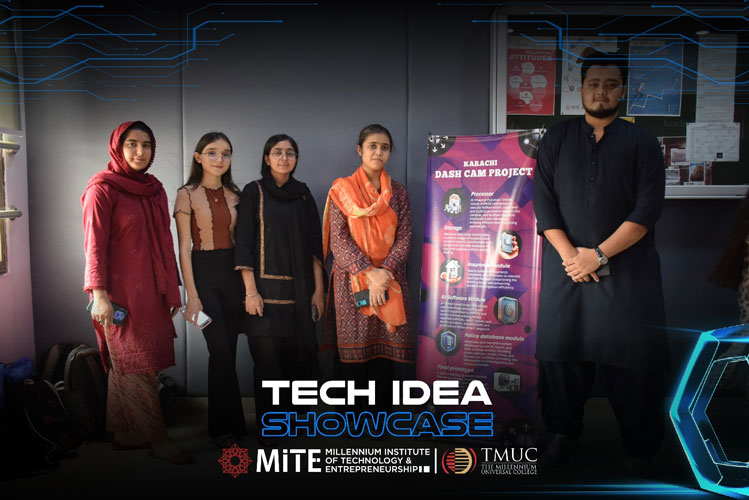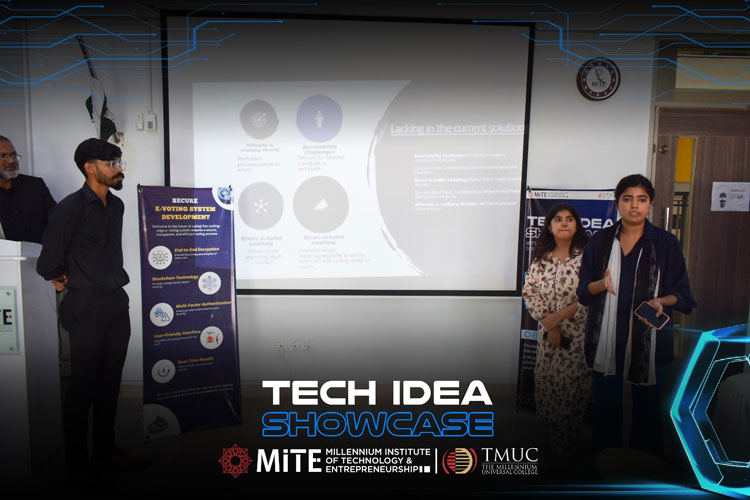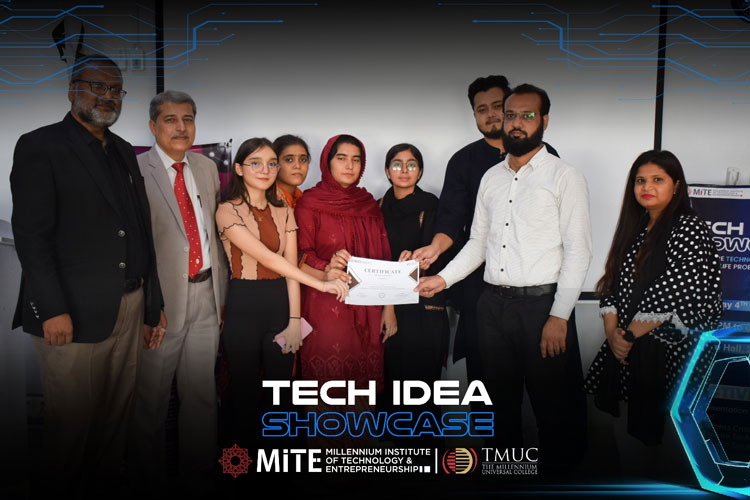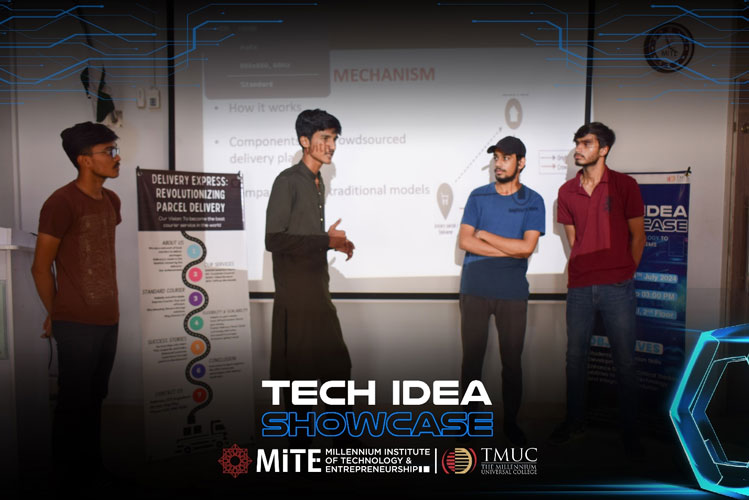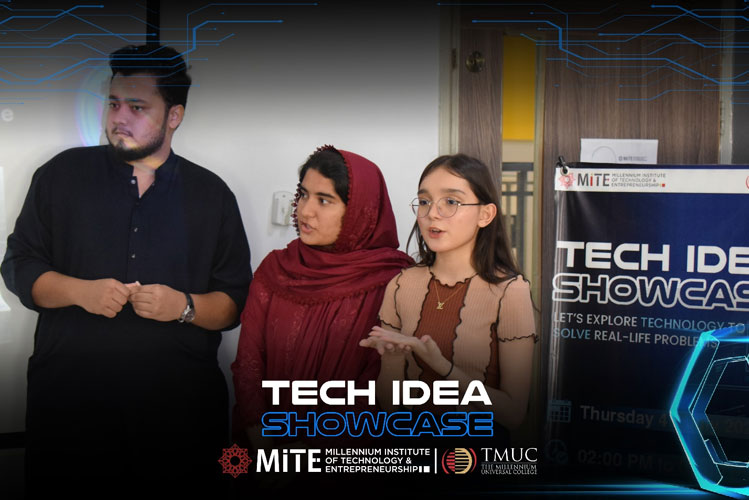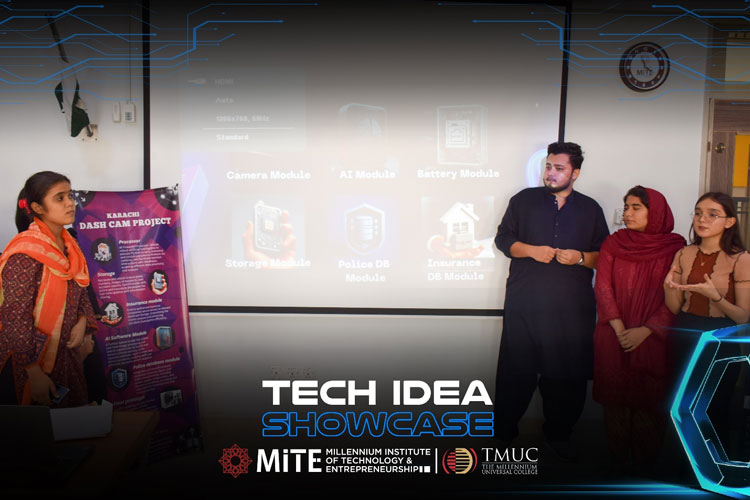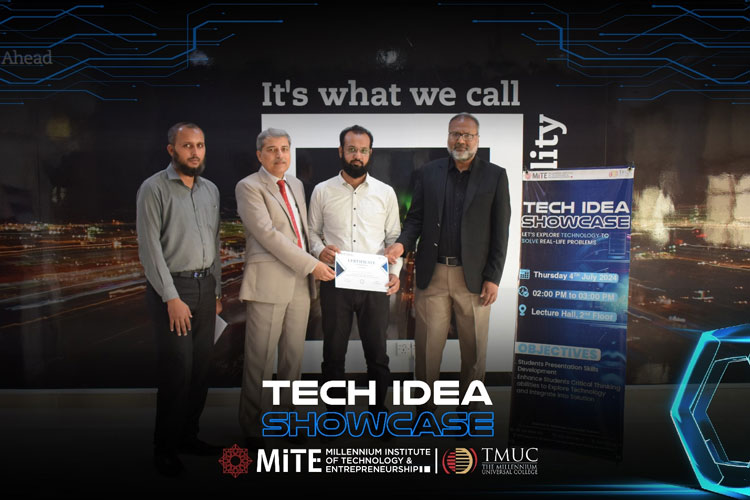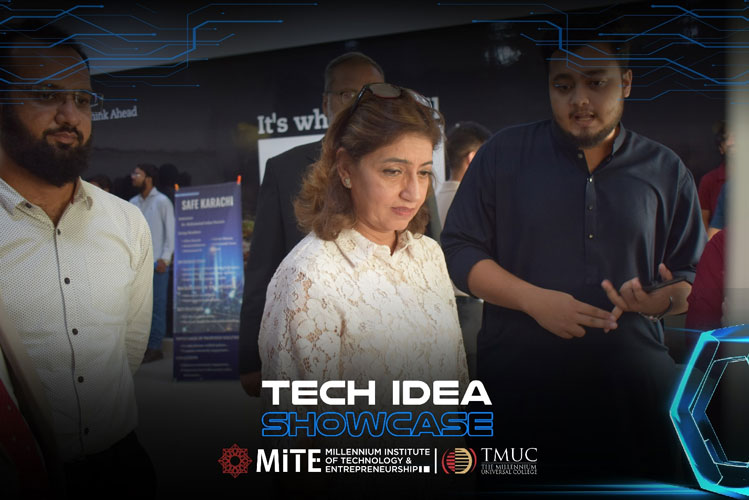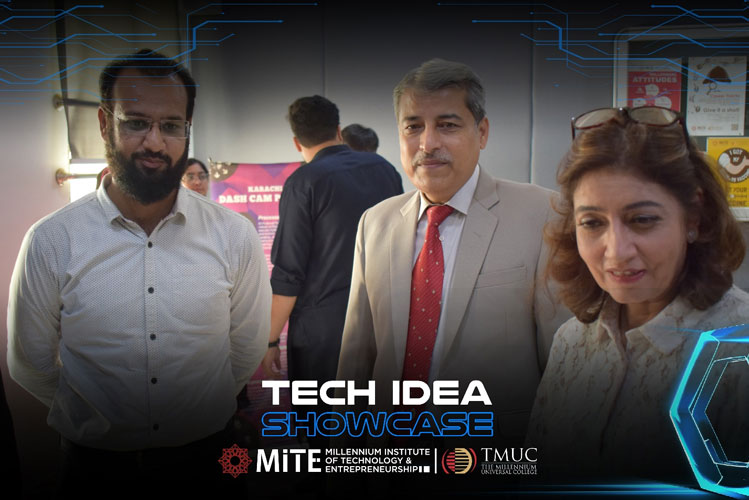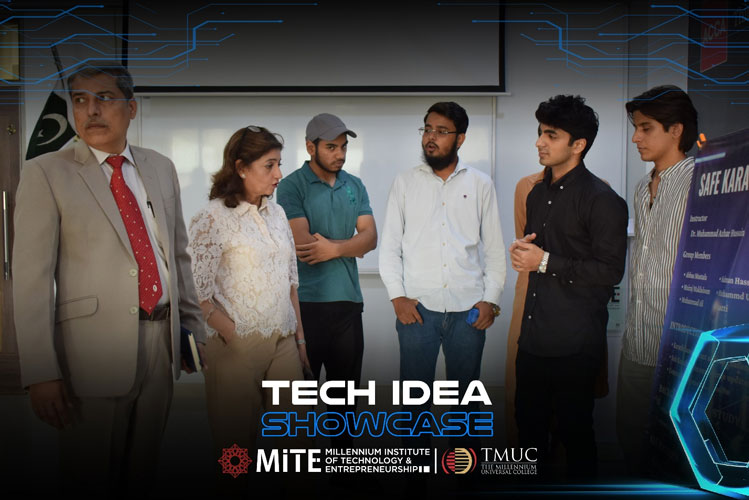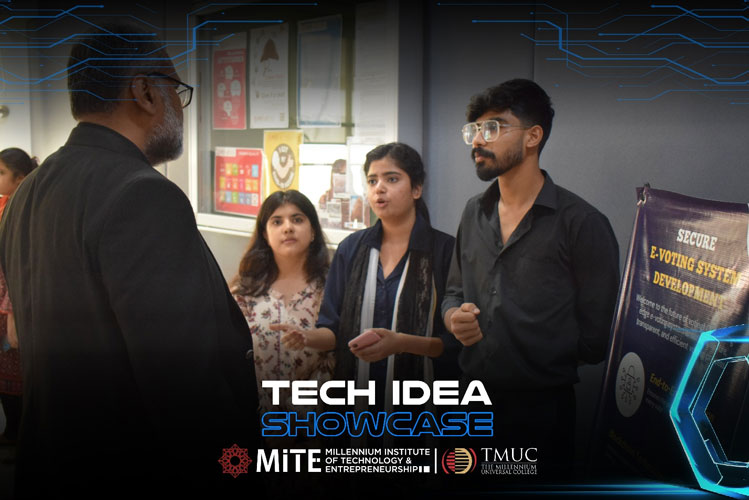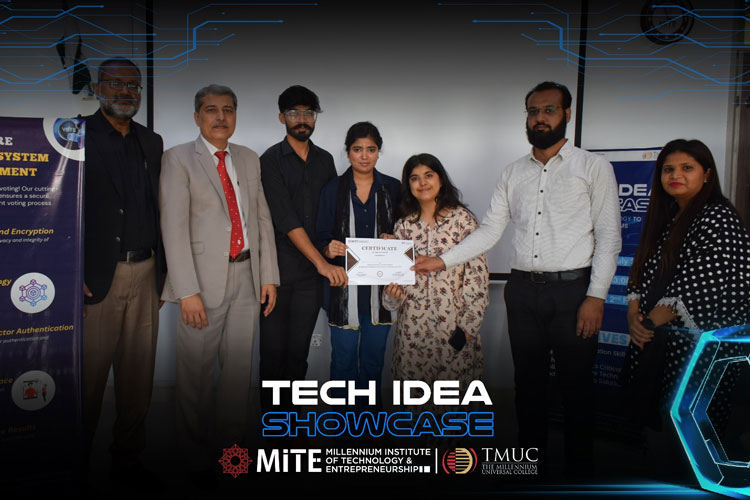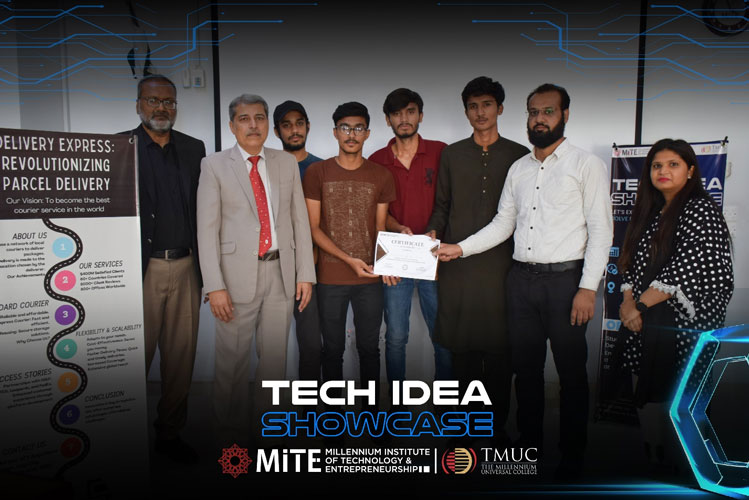Faculty of
Engineering &
Computer Science
Innovation Eco System
In today’s tech-driven world, shopping centres lag in adopting smart trolleys that enhance customer experience. Traditional trolleys offer simplicity but lack features like navigation, real-time inventory, and payment integration. Smart trolleys can streamline shopping, cut wait times, and boost satisfaction. They also enable valuable data collection for store improvements. However, high costs and technical complexity hinder widespread adoption. As technology becomes cheaper and more accessible, smart trolleys may become the norm. Their potential to transform retail is significant.
Challenges Identified
- Cost and Initial Investment-While the solution offers a strong ROI in the long run, the initial cost of purchasing and implementing the smart trolley systems may be a barrier for some retailers, particularly small stores.
- Technological Integration-The integration of smart trolleys into a store’s existing IT infrastructure—such as the point-of-sale (POS) system, inventory management, and customer loyalty programs—could present technical challenges.
- Customer Adoption-Shoppers need to become accustomed to using the new technology. While tech-savvy customers will adapt quickly, others may face a learning curve. Proper customer support and education will be essential to overcome this hurdle.
Modern desktop environments lack an adaptive virtual assistant that fully integrates voice, automation, and web features. Existing tools often fall short in customization and advanced task handling. Jarvis AI Desktop Assistant addresses this gap with powerful voice recognition, task management, and web interaction. Unlike limited ecosystem-bound assistants, Jarvis adapts to personal, academic, and professional needs. It also connects with robotics, bridging virtual and physical spaces. With modular design and deep integration, it boosts productivity and user experience. Jarvis redefines virtual assistance for the modern era.
Challenges Identified
- Cross-Platform Integration– Difficult to support Windows, macOS, and Linux uniformly.
- Accurate Voice Recognition – Challenging in noisy settings and with diverse accents.
- Privacy And Data Security– Sensitive data handling requires strong safeguards.
- System Performance– Balancing advanced features without slowing down the desktop.
Water is a limited resource, making its efficient management vital for sustainability. Many households struggle with water wastage, poor distribution, and limited monitoring. Traditional methods are manual or only partially automated. The Water Monitoring System offers an integrated solution to track water levels, quality, and flow. It uses sensors and controllers for real-time monitoring and smart management. This system improves efficiency, reduces waste, and supports proactive maintenance. It represents a modern, automated approach to water conservation.
Challenges Identified
- Sensor Accuracy – Ensuring sensors provide precise and consistent readings.
- Real-Time Data Transmission – Maintaining stable and fast communication between devices.
- Power Management – Providing uninterrupted power for continuous system operation.
- Remote Connectivity – Enabling reliable access and control over the internet.
- Cost constraints – Balancing features with affordability for widespread use.
Karachi faces major public transport issues, including long waits, unreliable schedules, and inconsistent fares. The fragmented network of rickshaws, chinchis, and buses adds to commuter frustration. A unified transport management system is essential to streamline the city’s transit. The proposed system integrates all transport modes into a single, user-friendly platform. It offers dynamic route optimization, real-time updates, and accessible fare management. By focusing on safety, sustainability, and community input, it promises reliable urban mobility. This solution aims to transform Karachi’s commute and promote smarter, eco-friendly transport.
Challenges Identified
- Data Integration – Merging diverse transport modes into one cohesive system.
- Real-Time Tracking – Ensuring live location accuracy across all vehicles.
- Infrastructure Limitations – Adapting to poor road conditions and outdated stops.
- User Adoption – Encouraging widespread use among tech-averse commuters.
- Fare Standardization – Balancing affordability with operator profitability.
- Safety Concerns – Addressing security issues in public and small-scale transit.
Karachi, with its population exceeding 14 million, faces significant safety challenges including crime, traffic disruptions, and civic unrest. Residents often lack timely and reliable information about these issues, relying on delayed or inconsistent sources like news reports and social media. This gap in accessible, real-time information can lead to unnecessary risks and inefficiencies. There’s a clear need for a centralized, user-friendly platform to provide up-to-date safety information. “Safe Karachi” aims to fill this gap by offering real-time updates on crime incidents, roadblocks, protests, and other hazards. This app seeks to empower residents with the knowledge needed to navigate their city safely and efficiently.
Challenges Identified:
- Timeliness:
News Reports are often delayed, missing real-time updates.
Law Enforcement Bulletins are not always updated in real time.
- Reliability:
Social media: Information is frequently unverified and inconsistent.
Word of Mouth: This can be outdated or exaggerated.
- Comprehensiveness:
News Reports: Focus mainly on major incidents, ignoring smaller yet significant issues.
Law Enforcement Bulletins: This may not cover all areas comprehensively.
- Accessibility:
News Reports and Law Enforcement Bulletins: Not always easily accessible or user-friendly.
A Revolutionary Approach To Parcel Delivery
Crowdsourced delivery is a system that uses a network of local couriers to deliver packages to customers’ homes. It offers speed, cost, convenience, and efficiency in parcel delivery. Benefits include expedited delivery, on-demand or scheduled options, and minimal technology or assets required from businesses. Crowdsourced delivery also simplifies onboarding for couriers. However, challenges include a shortage of couriers, a lack of brand presence, a lack of detailed data, transportation issues, complex payment methods, and potentially higher costs. Technology plays a crucial role in crowdsourced delivery by creating a centralized platform for managing deliveries, allowing on-demand dispatch, providing real-time information, and helping businesses compare performances and predict future numbers. However, challenges include a lack of brand presence, limited data, transportation issues, complex payment methods, and potentially higher costs.
Challenges Identified:
- Quality assurance.
- Regulatory clarity.
- Trust and safety.
- Scalability
- Integration with existing systems.
- Data privacy and security.
- Environmental impact.
Increase in Crime Rate: Snatching: Rising incidents of purse and mobile phone theft. Victims often struggle to give detailed descriptions, leading to low arrest rates. Vehicle Theft: Significant concern with vehicles being stolen from parking lots or in transit. Lack of surveillance and quick response times hinder recovery and apprehension. Increasing Road Accidents: Fault Determination: Challenging without clear evidence. Witnesses may provide conflicting accounts, and involved parties are often biased. Hit-and-Run: Drivers fleeing accident scenes make it difficult for law enforcement to identify and prosecute offenders.
Challenges Identified:
- Coverage Issue:Due to improper camera placement, some areas especially rural and less inhabited areas remain unmonitored.
- Infrastructure Problem:It is challenging to swiftly adjust to new surveillance requirements due to the fixed infrastructure dependency.
- Cost Issue:Both the substantial initial outlay and continuing maintenance requirements are expensive.
- Terrain Constraints:Fixed cameras cannot successfully monitor certain regions with difficult terrain.
- Manpower Requirements:To properly monitor and manage the footage, the system requires a large number of personnel.
Voter Suppression: Policies or tactics that restrict eligible voters from casting their ballots, such as strict ID requirements or reducing polling locations, disproportionately affecting certain demographics. Long Lines: Excessive wait times at polling stations discourage voter turnout, particularly among those with limited time or mobility, and can result from inadequate resources or deliberate manipulation. Confusing Ballots: Poorly designed ballots with unclear instructions or layouts can lead to voter errors, disenfranchisement, and legal disputes over the validity of votes cast. Limited Access: Physical barriers and a lack of accommodations at polling stations hinder disabled voters from
Challenges Identified:
- Accessibility challenges: Difficulty for disabled individuals to participate.
- Long wait times: Limited polling stations causing delays and frustration.
- Errors in ballot counting: Human errors impacting result accuracy.
- Concerns about fraud: Susceptibility to various forms of fraud, casting doubt on results.
- Difficulty in verifying identity: Verification processes are prone to errors.
- Vulnerability to suppression tactics: Practices preventing eligible voters from voting.
- Limited transparency: Lack of clarity in ballot counting and oversight.
- Inefficient resource utilization: Need for more efficient allocation of resources.
- Reliance on outdated technology: Systems not keeping up with modern needs.









